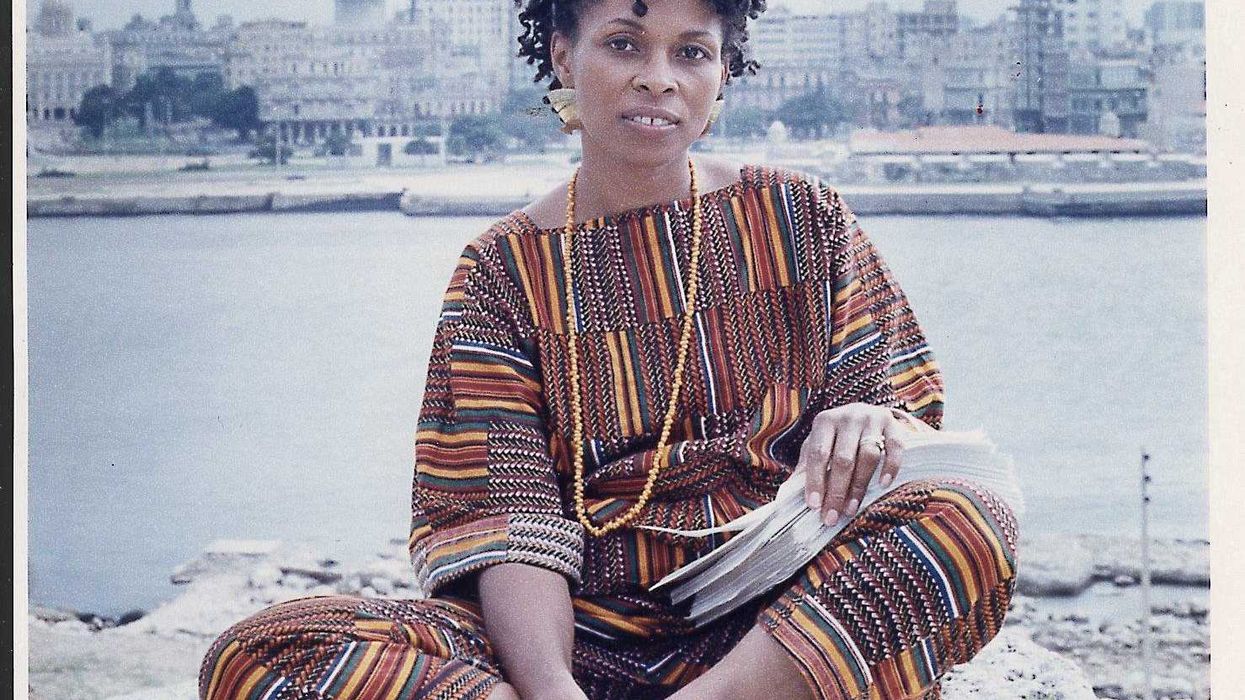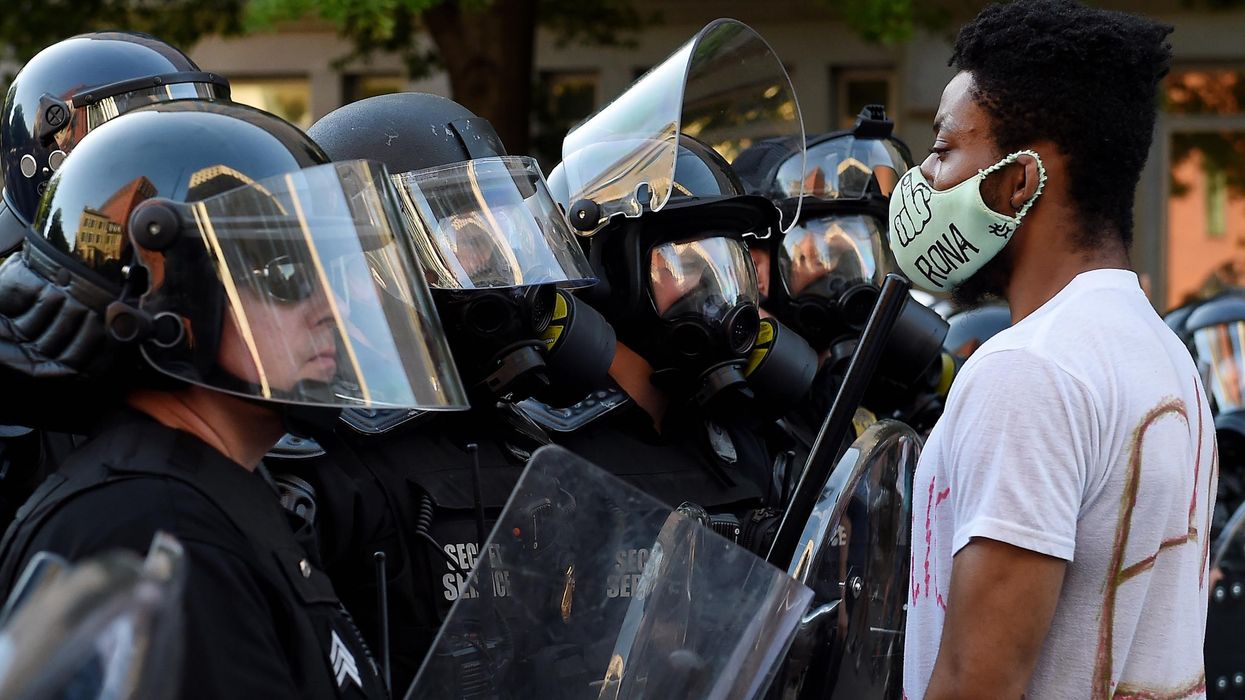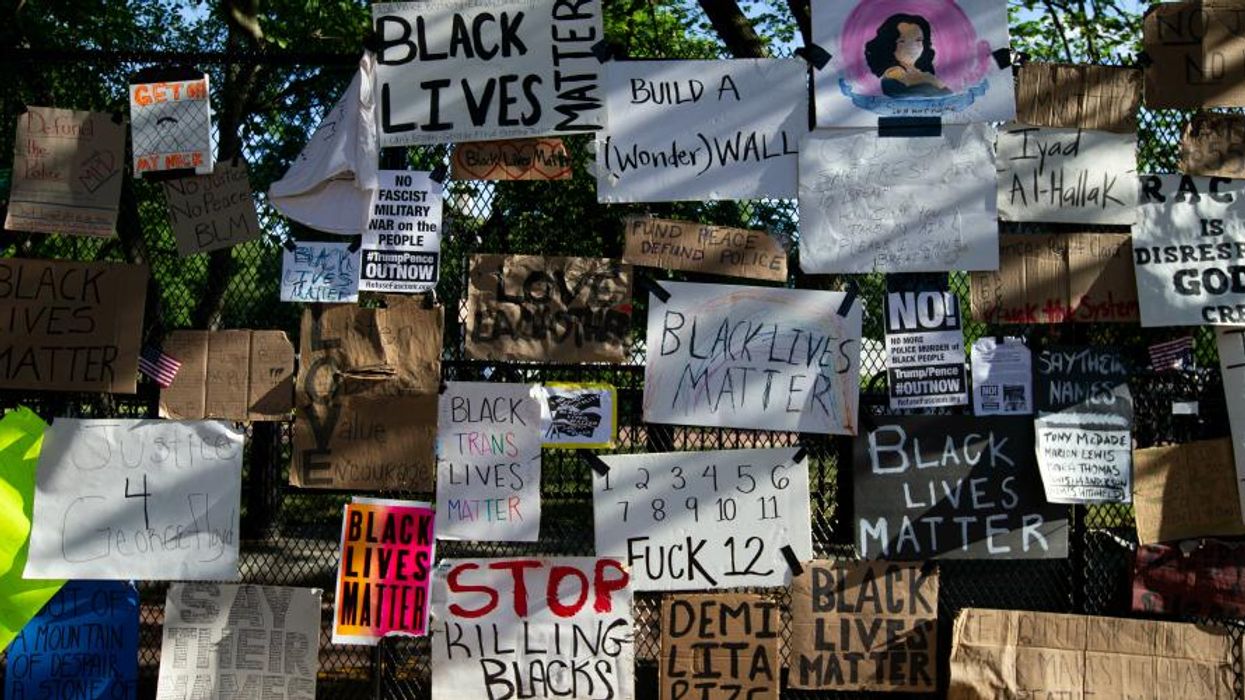'She Died Free': Tributes Pour In for Revolutionary Icon Assata Shakur
"They wanted her bound, broken, and paraded as an example, but instead, she slipped their grip and lived out her life in exile, surrounded by people who honored her struggle and her survival," said one admirer.
Assata Shakur, a Black revolutionary who inspired generations of activists to struggle for a better world, passed away on Thursday in Havana, Cuba, where she had lived in exile from the US for over four decades.
Cuba's Ministry of Foreign Affairs announced her death on Friday, saying it was caused by a combination of “health conditions and advanced age." She was reportedly 78 years old.
"At approximately 1:15 pm on September 25, my mother, Assata Shakur, took her last earthly breath," her daughter Kakuya Shakur wrote on Facebook on Friday. "Words cannot describe the depth of loss that I am feeling at this time. I want to thank you for your loving prayers that continue to anchor me in the strength that I need in this moment. My spirit is overflowing in unison with all of you who are grieving with me at this time."
Shakur, who was born Joanne Deborah Byron and was also known as Joanne Deborah Chesimard, spent the first three years of her life in Queens, New York before moving to Wilmington, North Carolina. She then returned to Queens for third grade.
"Assata’s unwavering commitment to the liberation of her people continues to inspire generations."
"I spent my early childhood in the racist segregated South," she recalled in a 1998 letter to Pope John Paul II. "I later moved to the northern part of the country, where I realized that Black people were equally victimized by racism and oppression."
Shakur became active in the anti-Vietnam War, student, and Black liberation movements while attending Borough of Manhattan Community College and the City College of New York. After graduation, she joined first the Black Panther Party and then the Black Liberation Army (BLA).
"I have been a political activist most of my life, and although the US government has done everything in its power to criminalize me, I am not a criminal, nor have I ever been one," she wrote in 2013.
In 1973, she and two other BLA activists were stopped at the New Jersey Turnpike by two state troopers. By the end of the encounter, both Shakur's friend Zayd Malik Shakur and trooper Werner Foerster were shot dead. In 1977, Shakur was convicted of Foerster's murder in a trial she described as a "legal lynching." Throughout her life, she maintained her innocence.
"I was shot once with my arms held up in the air and then once again from the back," she wrote of the shootout.
She was sentenced to life in prison plus 33 years, but didn't long remain behind bars.
"In 1979, fearing that I would be murdered in prison, and knowing that I would never receive any justice, I was liberated from prison, aided by committed comrades who understood the depths of the injustices in my case and who were also extremely fearful for my life," she wrote.
In 1984, she claimed asylum in Cuba. Throughout her life, she also remained staunchly committed to the cause of liberation for all oppressed peoples.
"I have advocated and I still advocate revolutionary changes in the structure and in the principles that govern the United States," she wrote to John Paul II. "I advocate self-determination for my people and for all oppressed inside the United States. I advocate an end to capitalist exploitation, the abolition of racist policies, the eradication of sexism, and the elimination of political repression. If that is a crime, then I am totally guilty."
During her exile, her writings, including her 1987 autobiography, gained a wide audience and brought her story and voice to younger activists.
"It is our duty to fight for our freedom," she wrote in one of the book's most famous passages. "It is our duty to win. We must love each other and support each other. We have nothing to lose but our chains.”
She was also influential in the world of music and hip-hop, serving as godmother to Tupac Shakur and inspiring songs by Public Enemy and Common, among others.
The US government did not give up its pursuit of her. In 2013, under President Barack Obama, the Federal Bureau of Investigation named her the first woman on its "Most Wanted Terrorist" list. The FBI and the state of New Jersey also doubled the reward for information leading to her capture. That reward will now never be claimed.
"She died free!" one of her admirers, who uses the handle The Cake Lady, wrote on social media on Friday. "The US government, after decades of pursuit, never got the satisfaction of putting her in a cage. They wanted her bound, broken, and paraded as an example, but instead, she slipped their grip and lived out her life in exile, surrounded by people who honored her struggle and her survival."
News of her passing inspired tributes from social justice and anti-imperialist leaders and organizations, including former Ohio state Sen. Nina Turner and Rep. Ayanna Pressley (D-Mass.)
"We honor the life of comrade Assata Shakur, a revolutionary who inspires and pushes all of us in the struggle for a better world," wrote anti-war group CodePink on social media.
Community organizer Tanisha Long posted: "Assata Shakur joins the ancestors a free woman. She did not die bound by the carceral system and she did not pass away living in a land that never respected or accepted her. Assata taught us that liberation can not be bargained for, it must be taken."
The Revolutionary Blackout Network wrote, "Thank you for fighting to liberate us all, comrade."
The New York-based People's Forum said: "We honor Assata’s life and legacy as a tireless champion of the people and as a symbol of hope and resistance for millions around the world in urgent fight against racism, police brutality, US imperialism, and white supremacy. Assata’s unwavering commitment to the liberation of her people continues to inspire generations."
The Democratic Socialists of America vowed to "honor her legacy by recognizing our duty to fight for our freedom, to win, to love, and protect one another because we have nothing to lose but our chains."
Black Lives Matter organizer Malkia Amala Cyril lamented to The Associated Press that Shakur died during a global rise of authoritarianism.
“The world in this era needs the kind of courage and radical love she practiced if we are going to survive it,” Cyril said.
Several tributes featured Shakur's own words.
"I believe in living," she wrote in a poem at the beginning of her autobiography.
"I believe in birth. I believe in the sweat of love and in the fire of truth. And i believe that a lost ship, steered by tired, seasick sailors, can still be guided home to port."


